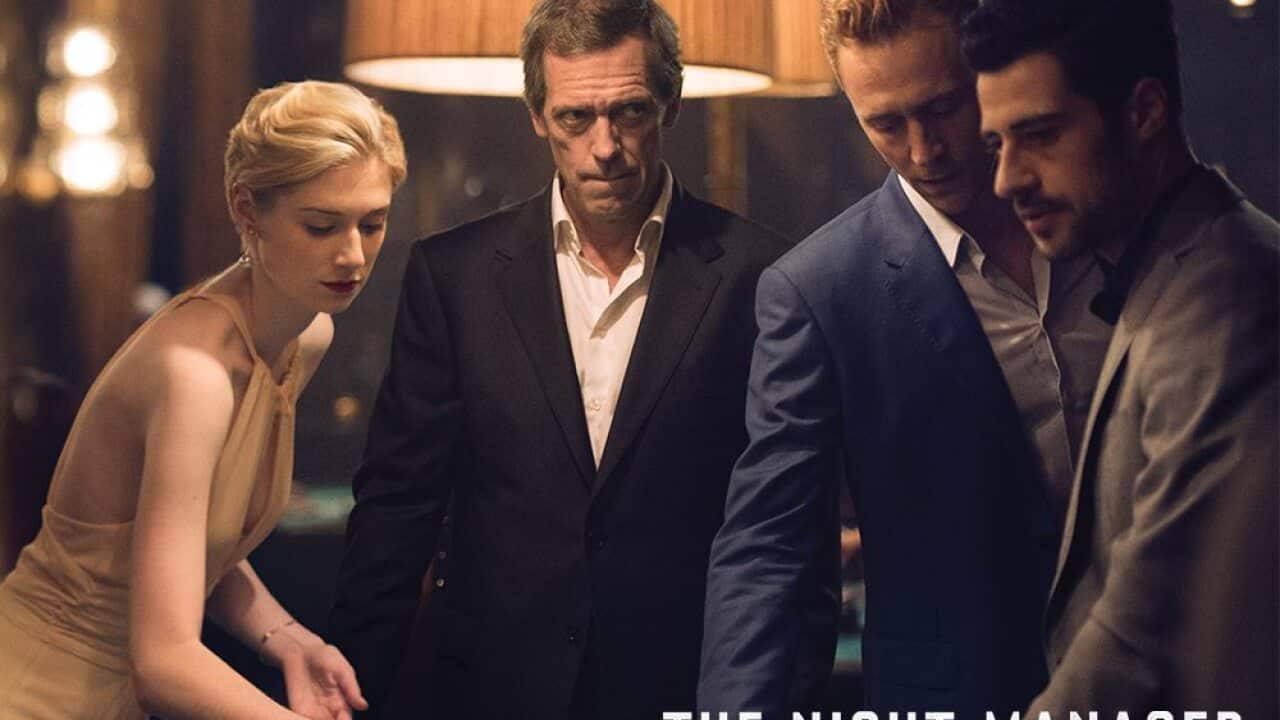'Project Diamond' is a computer system created by broadcasters BBC, Channel 4, ITV, Sky and Channel 5/Viacom in an effort to help reflect the diversity that exists within UK society. Designed to provide consistent feedback on who is working in television, people within the industry are asked to give information specifying, among other details, their sex, gender identity and ethnicity.
The project was introduced in early 2017 on the back of a growing push for increased diversity, with personalities like comedian Lenny Henry leading the charge. However, despite good intentions, Project Diamond is now facing a backlash from within the industry. Writers and producers represented by the Writers Guild of Great Britain and media and arts trade union BECTU are threatening to strike as a result of the decision to keep the results of the program anonymous, without identifying the specific productions involved.
The project's dissenters argue that without the identifying the productions that fail to meet targets, there will be no impetus to progress.
obtained a letter detailing the perspective sent from BECTU's general secretary Gerry Morrissey to the Creative Diversity Network (CDN), the body that represents the broadcasters.
“By far the biggest problem is the attitudes and hiring practices of the gatekeepers," Morrissey said.
"Too many hirers are unable to believe that minority ethnic professionals are capable of doing the job, no matter how much experience or how successful.
“To address this, Project Diamond must publish the equality monitoring data by production so that we can identify who has a diverse crew, and can learn from their example, and who does not, so we can work with them to improve.”
The CDN has refused to alter their rules due to concerns about the privacy of those parties who get involved.
Diversity on Australian TV
Surprisingly there are no rules on gender or ethnicity-based diversity enforced by the Australian Communications and Media Authority. Instead, the aims to reflect 'a sense of Australian identity, character and cultural diversity' by ensuring that quotas for locally produced content are met, with all free-to-air broadcasters required to broadcast a minimum of 55 per cent Australian programming between 6:00am and midnight on their main channel. In addition they must also air 1460 hours of Australian content across their non-primary channels annually.
A 2016 undertaken by Screen Australia into diversity on local television analysed 199 dramas that aired between 2011 and 2015. The results highlighted differences that existed in representation on TV when compared with the Australian population, with 18% of main characters from non-Anglo Celtic backgrounds in comparison to 32% of the national representation. Similar outcomes existed when comparing people with disabilities and those identifying as LGBTIQ to the national population.

Seeing Ourselves: Reflections on Diversity in TV Drama Source: Screen Australia
